Xiao Bian recently discovered that many small partners do not know much about computer failures, and they are very eager to know what causes their computer's failure. Of course, there are many possibilities for software failures. Recently, there are some related parts of the push to everyone, so I won't say much here. Today mainly talk about hardware-related faults, how can we quickly determine where the problem lies.

The startup sequence of the computer is actually very constant. The overall sequence is as follows. The power is turned on, the motherboard is powered on, the CPU is powered on, the CPU is self-inspected, the memory is self-inspected, the graphics card is self-inspected, the BIOS information is loaded, the input/output device self-tests, and the loading starts. Once a problem occurs in one of the links in the middle, the computer will have corresponding feedback. Through these abnormal reactions, it is easy to determine the root cause of the computer failure.
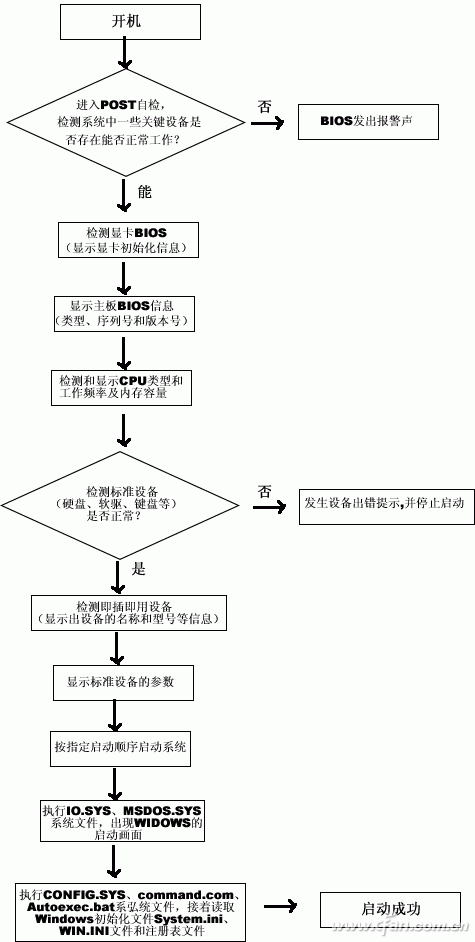
Start without any alarm, power supply, CPU failure
Normally, the computer should start with a "drip" and the screen will light up. The self-test will enter the system. If there is no response from powering on and no alarm sounds, there are only two problems: power supply and CPU. In this case, the chance of a CPU failure is higher. This is because if the power supply is completely damaged, it cannot be powered up, that is, there is no response. Of course, there is a possibility that CPU auxiliary power supply is not plugged in, and many small partners can easily miss this issue.
The possibility of CPU failure should also be differentiated. One is that the CPU is indeed damaged, and it certainly cannot boot; the other is the motherboard BIOS has a problem, so you cannot start the self-test, but in recent years the motherboard has improved a lot in this part. The probability of this failure is almost invisible.
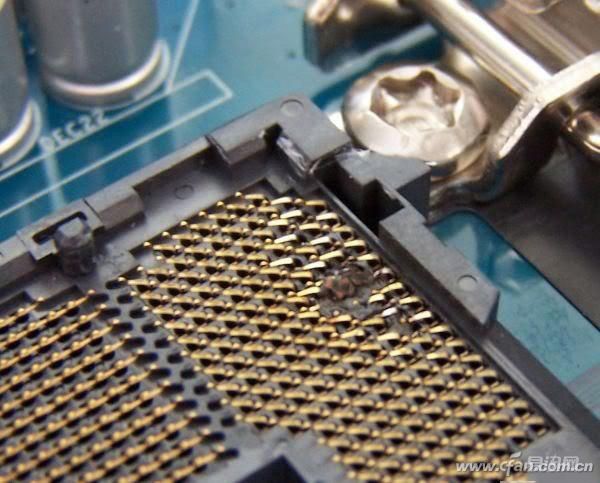
Start chaos alarm, memory or graphics card failure
Unlike CPU, graphics card or memory failure, the computer will have a sound, drops, of course, the sound is also different, this because there are several mainstream BIOS system, Xiao Bian also listed the basic situation, to facilitate the self-judgment . It should be noted that this alarm sounds out of the buzzer on the mainboard. If the mainboard does not have its own buzzer, it must be connected to the speaker on the chassis through pins. Otherwise, the alarm sound is not heard. As for the method of distinguishing the BIOS, you can see the icon in the upper left corner of the self-test screen.
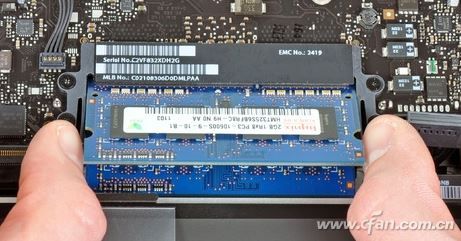
Alarm sound meaning:
AWARD BIOS graphics card failure sound: one long and two short
AWARD BIOS memory failure sound: long or short
POENIX BIOS graphics card failure sound: three short and four short and two short
POENIX BIOS memory failure sound: short, short, short, short, short, short, short, short, short, short, short, short, short, short, short, short, short, short, short, short, short, short, short, short, short
AMI BIOS graphics card failure sound: eight short
AMI BIOS memory failure sound: one short, three short, two short
Deadlock when starting the system, hard disk failure
After the self-test is completed, the disk is booted. If a disk jam occurs at this time, the hard disk failure may be the greatest other than system software failure. However, this situation itself is relatively rare. If this is the case, it is a good idea to make a PE system boot from the U disk to detect the disk to determine the fault condition.
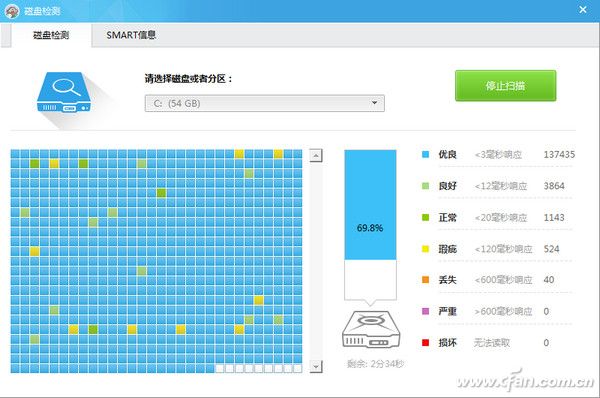
Runtime flower screen, video card failure
When the system is in normal operation, if there is a display problem such as a snowflake screen, 99% of the cases are problems with the display memory of the graphics card. This situation can only be maintained, and the fault cannot be eliminated by itself. In addition, if the screen is suddenly lack of color, such as reddish, greenish, bluish this situation, most of the display connection problems, the notebook is the display cable problem (disconnected or not inserted).
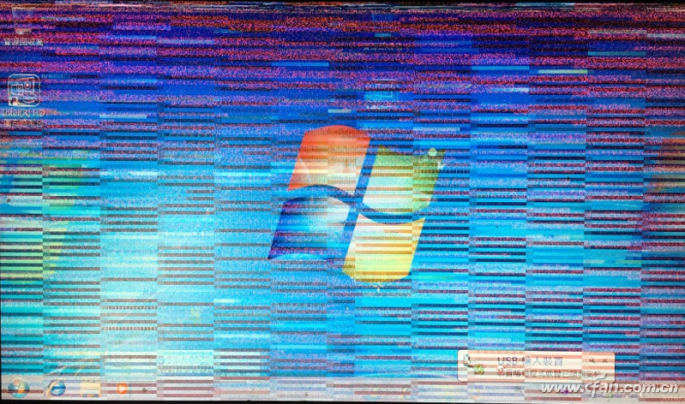
Runtime screen card master, graphics card failure
This situation is also a video card failure, but changing the role is a problem with the graphics core, the long-term full-load operation of the core overheating may appear this situation, or the core itself is not stable (defects and the like) will also appear this problem. This kind of situation is like a memory failure, and it can't be repaired by itself. It needs to be repaired.
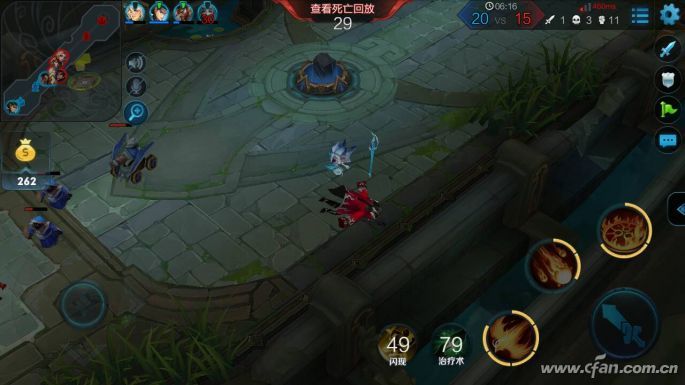
Operation error blue screen restart, memory failure
The system is running a blue screen reboot. If there are software problems or hard disk read/write errors, there is only one situation: memory failure. Whether or not you are overclocking, try to run the memory at a lower frequency (in BIOS adjustment). If the fault persists, the memory particles may be damaged and need to be replaced. In addition, this type of error is also prone to occur if it is an in-memory mix of different brands or even different capacities.
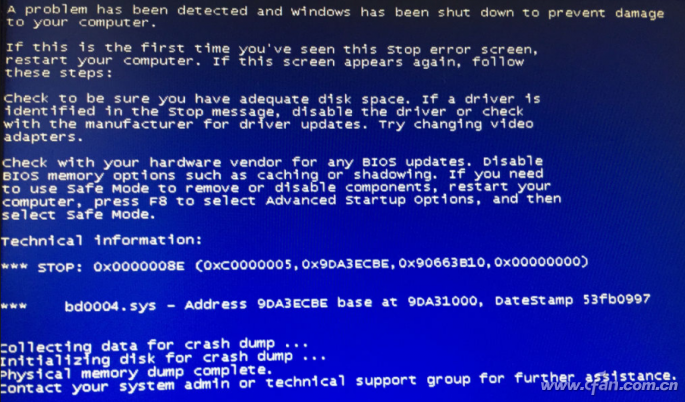
In the end, Xiao Bian also said one of the most troublesome faults was motherboard failure. Many times the fault occurs, but CPU, memory and the like can be determined to be no problem, it can only be a motherboard error. This is very difficult to judge, although some hard faults can be judged through the sound of the alarm rules of different BIOS brands, but in most cases it is impossible to start. Of course, if you have a Debug Card, you don't need to bother. According to the Debug Card display value, corresponding to the free manual, you can find out the code fault description of the corresponding BIOS at a glance.

Cell Phone Case, Mobile Phone Covers, Clear Phone Case, Mobile Phone Case, TPU Phone Case, Silicone Phone Case
Shenzhen Jianjiantong Technology Co., Ltd. , https://www.jjtscreenprotector.com